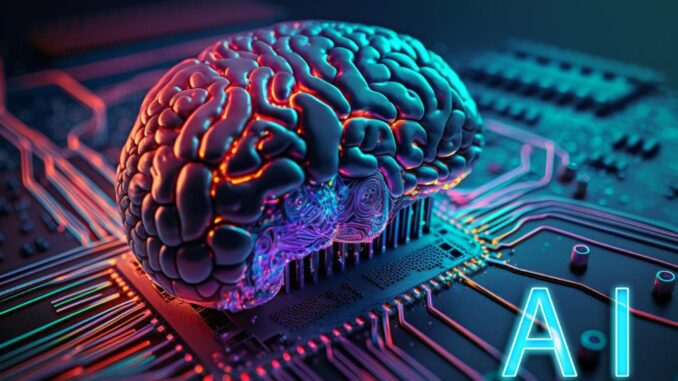
The social implications of artificial intelligence (AI) are profound and multifaceted, influencing various aspects of daily life, societal structure, and interpersonal relationships.
As AI technologies become more integrated into our lives, it’s essential to understand their potential positive and negative impacts. Here are several key social implications of AI:









### 1. **Employment and the Workforce**
– **Job Displacement**: Automation through AI can lead to the displacement of jobs, particularly in sectors like manufacturing, customer service, and data entry, where repetitive tasks are prevalent.
– **Changing Job Landscape**: While some jobs may be lost, AI also creates new roles, particularly in tech sectors, data analysis, AI development, and maintenance, necessitating reskilling and upskilling of the workforce.
– **Impact on Middle-Skill Jobs**: Jobs that require mid-level skills may see the most significant disruption, increasing the socioeconomic divide if not addressed.
### 2. **Economic Inequality**
– **Wealth Concentration**: As businesses leverage AI for efficiency and profit, there is a risk that wealth will become increasingly concentrated among a small number of tech-savvy individuals and companies.
– **Access to Opportunities**: Disparities in access to AI technology and education can exacerbate existing inequalities, potentially leaving marginalized communities behind.
### 3. **Privacy and Surveillance**
– **Data Collection and Privacy**: AI systems often require vast amounts of personal data for training, leading to concerns about privacy and surveillance, especially when data is collected without explicit consent.
– **Government Surveillance**: The use of AI in surveillance technology raises ethical concerns about civil liberties, freedom of expression, and the potential for state overreach.
### 4. **Social Interactions and Relationships**
– **Human-AI Interaction**: Increased reliance on AI in customer service and social media may dilute human interactions, impacting how people communicate and form relationships.
– **Mental Health**: The use of AI-driven platforms can affect mental health, with concerns about addiction to technology, social comparison, and the quality of online interactions.
### 5. **Access to Information**
– **Misinformation and Disinformation**: AI algorithms can inadvertently amplify the spread of misinformation and disinformation, influencing public opinion and political polarization.
– **Echo Chambers**: AI-driven recommendation systems can create echo chambers, where users are exposed primarily to viewpoints that align with their own, limiting exposure to diverse perspectives.
### 6. **Bias and Discrimination**
– **Algorithmic Bias**: AI systems may perpetuate existing societal biases if not designed carefully, leading to discriminatory outcomes in areas such as hiring, loan approval, and law enforcement.
– **Social Justice**: Ensuring fairness in AI development is essential for addressing issues of social justice, as biased AI can have significant repercussions for underrepresented groups.
### 7. **Education and Learning**
– **Personalized Learning**: AI can enhance educational experiences through personalized learning tools, allowing for tailored instruction based on an individual’s learning pace and style.
– **Digital Divide**: The availability of AI educational tools may deepen the divide between those with access to technology and those without, impacting educational equity.
### 8. **Healthcare Transformation**
– **Improved Outcomes**: AI applications in healthcare can lead to better diagnosis, personalized treatment plans, and improved patient care, positively impacting public health.
– **Ethical Concerns**: AI’s role in decision-making processes raises questions about accountability, patient consent, and the need for human oversight in critical health decisions.
### 9. **Cultural Impacts**
– **Cultural Homogenization**: AI-driven content algorithms may lead to cultural homogenization by promoting mainstream content at the expense of diverse cultural expressions.
– **Preservation of Language and Culture**: On a positive note, AI can aid in the documentation and preservation of endangered languages and cultures through language processing technologies.
### 10. **Trust in Technology**
– **Trust in AI Systems**: The widespread deployment of AI raises questions about trust in autonomous systems, particularly in critical sectors such as transport, finance, and healthcare.
– **Resilience to Manipulation**: As AI becomes more prevalent, there is a need to ensure that systems are designed to be resilient to manipulation, such as adversarial attacks.
### Conclusion
The social implications of AI are vast and complex, necessitating careful consideration by developers, policymakers, and society as a whole. To harness the benefits of AI while minimizing its risks, it is critical to advocate for responsible AI design, transparency, diversity, and public engagement in discussions about the future of technology. This multifaceted approach can help shape a future where AI contributes positively to social well-being and human flourishing.


Leave a Reply